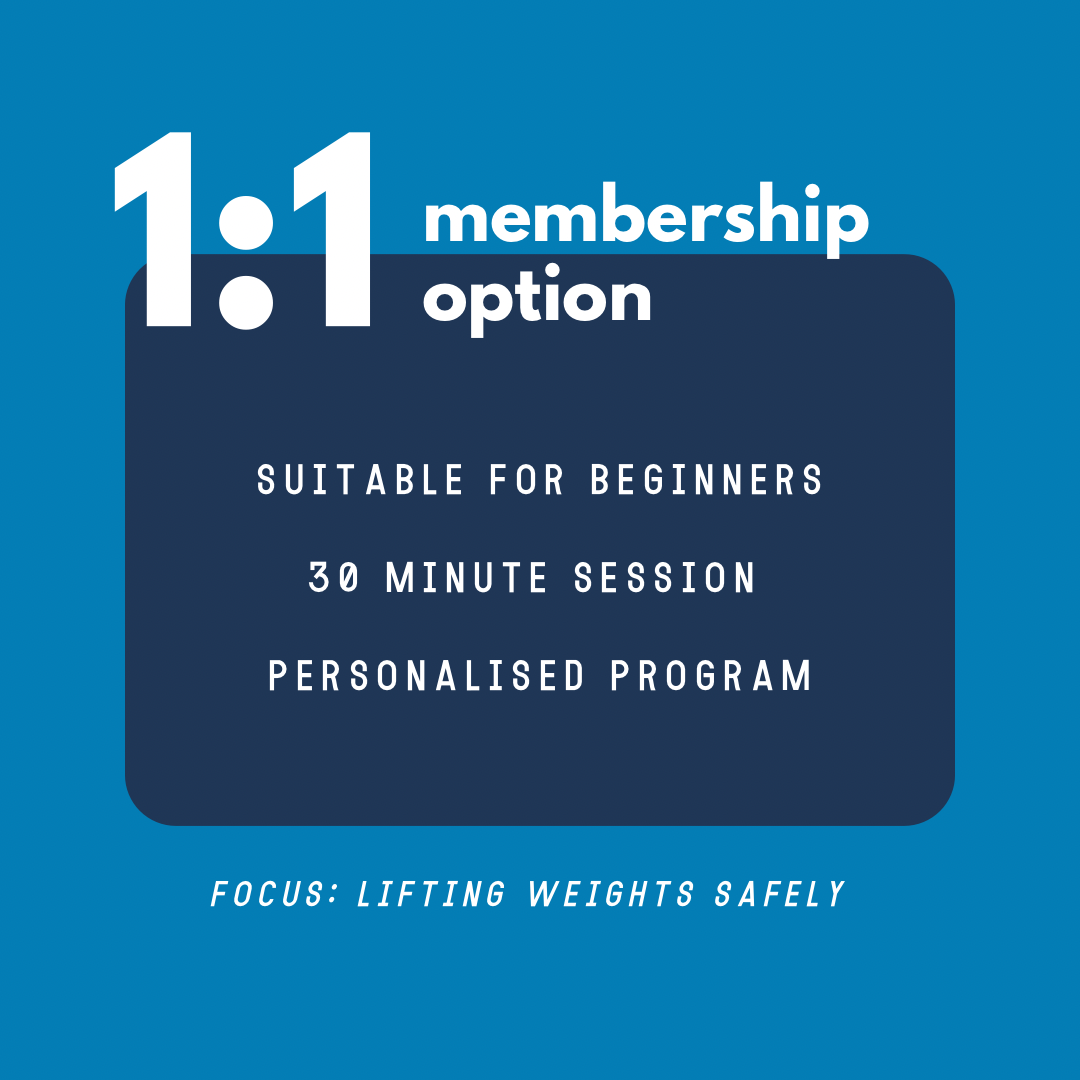Hi all,
By reading this week’s blog, I hope to dispel any myths or preconceptions you or someone else may have regarding exercise during pregnancy. I need to note though, the below information is based upon research conducted on healthy pregnant women. Do not undertake or recommended any exercise before an obstetrician is consulted.
Firstly, let me begin by saying that exercise during pregnancy is completely safe for healthy women. This is based off a review of over 19 scientific articles pertaining specifically to exercise during pregnancy [1]. Yet despite this knowledge, there appears to be a reluctance for women to engage in exercise during this period, with one study reporting just 15.9% of US women meeting the recommended guidelines [2]. Alarmingly too, this same study observed when women went from non-pregnant to pregnant, their activity levels saw a clear trend from recommended activity to insufficient activity, and from insufficient activity to sedentary behaviour [2]. Why is it then that women are adopting a less active lifestyle during pregnancy?
There have been a multitude of reasons identified as to why women don’t adhere to exercise during pregnancy [3]. For the sake of this blog, I will identify a select few to discuss and suggest how they can be addressed.
1. Mother-child safety concerns: Pain/discomfort to the baby or yourself via exercise.
This is a simple one to address. There have been many studies now indicating that the mother and child are not harmed during pregnancy if women undergo moderate exercise [1]. Though, as stated earlier, an obstetrician knows best here and should be consulted prior to any exercise. If given the all clear by an expert, it is not outside the realms of reason for women to continue the exercise they were comfortable with prior to becoming pregnant. One study has even interviewed pregnant CrossFit* trainers and found that they were able to continue this intense form of training without any adverse side-effects [4]. Pretty amazing, hey?
2. Lack of advice/information: Mothers that have not been properly educated regarding what exercises are safe to undergo during exercise. Misinformation is rife within this topic.
Hopefully with more education platforms such as this blog the myths surrounding exercise during pregnancy can be dispelled. If you know anyone who is pregnant and is unsure of whether they should exercise or not, inform them that is perfectly okay within safe parameters and with an obstetrician’s approval.
3. Lack of social support: No one to train with, disapproving attitudes with regards to completing physical activity whilst pregnant.
Through re-education will come more understanding and acceptance of this topic. If you know someone who is pregnant, encourage them to exercise – even join them!
So now we know exercise during pregnancy is safe for healthy women, what type of exercise should you do/recommend?

1. Cardiovascular exercise
Light to moderate cardiovascular exercise is recommended to increase cardiorespiratory fitness and to avoid excessive weight gain and disease for the child-bearer as well as the child. It should incorporate movements utilizing large muscle groups, such as cycling, cross-training, light-jogging [1]. The benefits for both mother and child are depicted in the image below, noting that the impact it has on foetal growth and development is still unclear [5]. However, recent research has said otherwise (see last key point on this blog).
2. Strength training
Conjecture surrounding it, recent recommendations suggest adding strength training to the exercise regimes of pregnant women when safe to do so. Light strength training during second and third trimesters has been said to not affect newborn size or overall health, nor the health of the child-bearer. Strength training can be safely performed once or twice per week on non-consecutive days, with 8 to 10 strength exercises per session as a rough guide [6]. It is recommended that these exercises should have already been a staple in the exercise regimes of the women prior to their pregnancy. In other words, they need to be familiar to the woman. No fancy figure for these unfortunately, but the potential benefits for strength training during pregnancy are improvement in overall body strength, good posture and body core strengthening that may contribute during labor and birth and may prevent musculoskeletal discomforts [7]. Important to note, avoiding exercise in the supine position during the second half of pregnancy is crucial. This prevents hypotension (low blood pressure) and avoids the Valsalva maneuver (holding breath during an exercise) throughout the pregnancy [8].
One last key, important reason as to why exercise during pregnancy is crucial:
In a study published this year, it was identified that physical exercise could potentially prevent excessive gestational weight gain, Gestational Diabetes and the potential obesity complications that can arise during pregnancy [9].
In other words, women who exercise during pregnancy on a regular basis are more likely to have a healthy gestational weight gain. Thus, the weight of the infant at birth will be more likely to be healthy too, preventing being large or small for gestational age. This in turn would reduce risk factors associated with later-life chronic disease development in the child (cardiovascular disease, obesity and diabetes) [9].
I hope this has dispelled any doubts you had regarding exercise during pregnancy and you encourage anyone you know who is pregnant to get active if they are healthy to do so. Any questions, please let me know.
See you all in the gym!
*Cross-fit is a form of exercise training that involves constantly varied weight training, gymnastic, and body weight movements performed at a high intensity. Would I recommend it for clients? Probably not.
- Nascimento, S.L., Surita, F.G., Cecatti, J.G. Physical exercise during pregnancy: a systematic review. Curr Opin Obstet Gynecol. 2012; 24(6):387-94.
- Evenson K.R., Savitz A., Huston S.L. Leisure‐time physical activity among pregnant women in the US. Paediatric and perinatal epidemiology. 2004;18(6):400-7.
- Coll C.V., Domingues M.R., Goncalves H., Bertoldi A.D. Perceived barriers to leisure-time physical activity during pregnancy: A literature review of quantitative and qualitative evidence. Journal of science and medicine in sport. 2017; 1;20(1):17-25.
- Prewitt-White T., Connolly C.P., Feito Y., Bladek A., Forsythe S., Hamel L., McChesney M.R. Breaking Barriers: Women’s Experiences of CrossFit Training During Pregnancy. Women in Sport and Physical Activity Journal. 2017;26(1):33-42.
- Barakat R., Perales M., Garatachea N., Ruiz J.R., Lucia A. Exercise during pregnancy. A narrative review asking: what do we know? Br J Sports Med. 2015; 49(21):1377-81.
- Zavorsky G.S., Longo L.D. Adding strength training, exercise intensity, and caloric expenditure to exercise guidelines in pregnancy. Obstetrics & Gynecology. 2011; 117(6):1399-402.
- Pennick V., Liddle S.D. Interventions for preventing and treating pelvic and back pain in pregnancy. Cochrane Database of Systematic Reviews. 2013: (8).
- Wolfe L.A., Davies G.A. Canadian guidelines for exercise in pregnancy. Clinical obstetrics and gynecology. 2003;46(2):488-95.
- Vargas-Terrones M., Nagpal T.S., Barakat R. Impact of exercise during pregnancy on gestational weight gain and birth weight: An overview. Brazilian journal of physical therapy. 2019; 23(2): 164–169.




